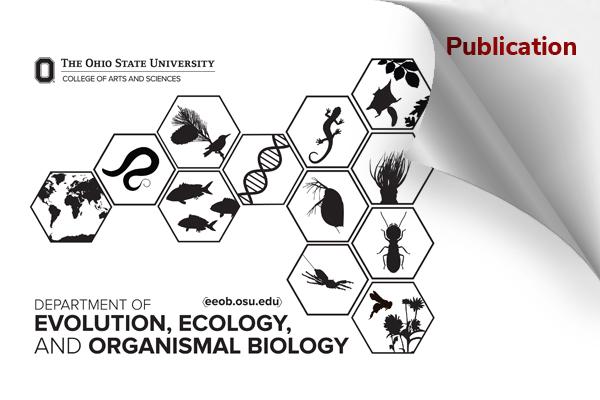EEOB Publication - Pennock

Shrinking channels, growing threats: Habitat degradation from channel narrowing and invasive vegetation in three dryland rivers
Benjamin J. Miller, Mark C. McKinstry, Peter R. Wilcock, William W. Macfarlane, Steven Bassett, Phaedra Budy, Casey A. Pennock. Journal of Environmental Management, Volume 392, 2025,126714,ISSN 0301-4797, doi: 10.1016/j.jenvman.2025.126714.
Abstract
Water development and the proliferation of invasive riparian vegetation have led to widespread habitat loss and simplification of rivers in the western United States, contributing to the imperilment of native fishes. Here, we quantify channel narrowing and vegetation encroachment, which are conspicuous indicators of riverine habitat alteration, along ∼400 km of three dryland tributaries of the upper Colorado River. We conducted a comparative analysis of aerial photographs between the 1930s and 2010s/2020s time periods using visual interpretation and used Light Detection and Ranging (LiDAR) data along with Object-Based Image Analysis (OBIA) to quantify canopy cover of woody riparian species. All three rivers underwent substantial channel narrowing, coinciding with a general decrease in spring floods over time. However, the extent of narrowing varied among the rivers (78 %, 73 %, and 29 %) with greater narrowing corresponding to larger reductions in spring flows. In contrast, contemporary woody cover was similarly high among all three rivers (39 %, 41 %, and 36 %), and a woody vegetation analysis we conducted for one river indicated a substantial increase in vegetation along the active channel (4 %–74 %). These findings underscore a common pattern observed in rivers throughout the basin, where river channels often undergo narrowing and encroachment by invasive vegetation following dam construction and/or decreases in flows, ultimately leading to habitat simplification, with negative implications for native fishes and other riparian biota. Our findings also emphasize that, even in the presence of nonnative vegetation establishment, preserving or restoring large magnitude and long duration floods can help conserve diverse habitat in dryland rivers.
